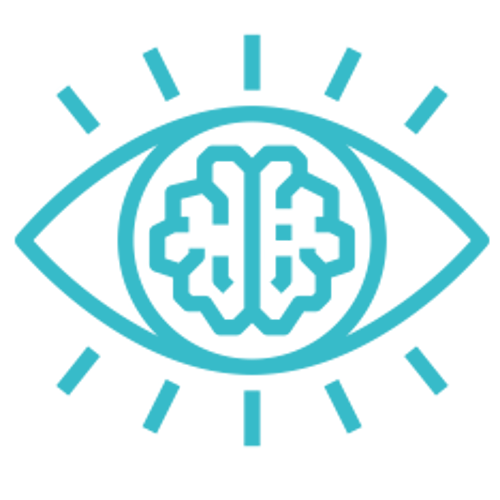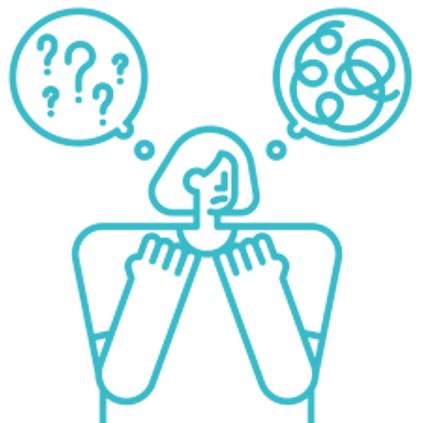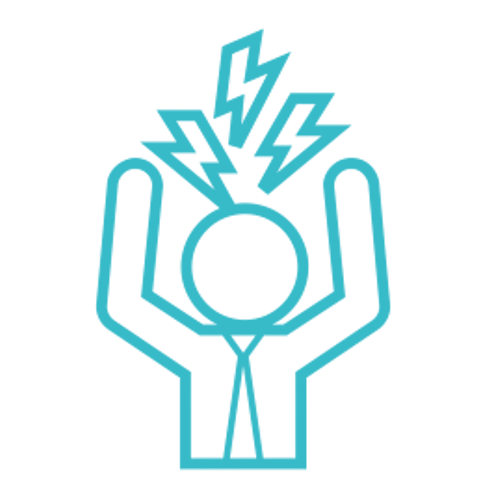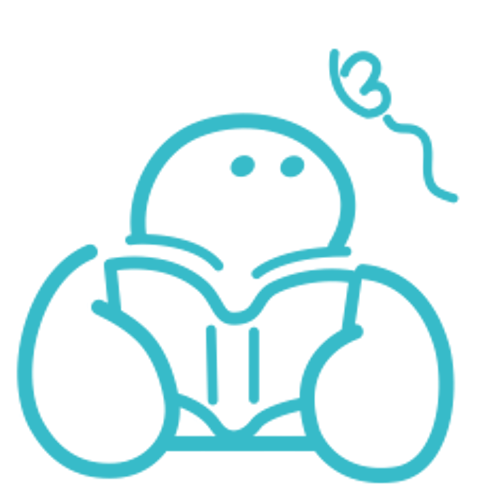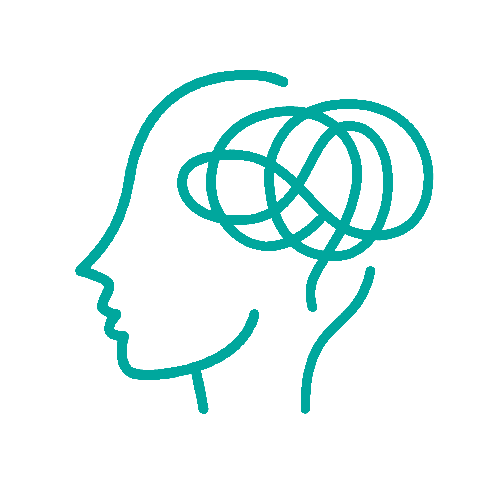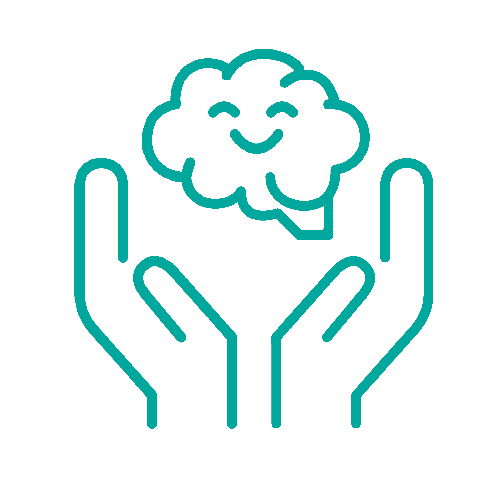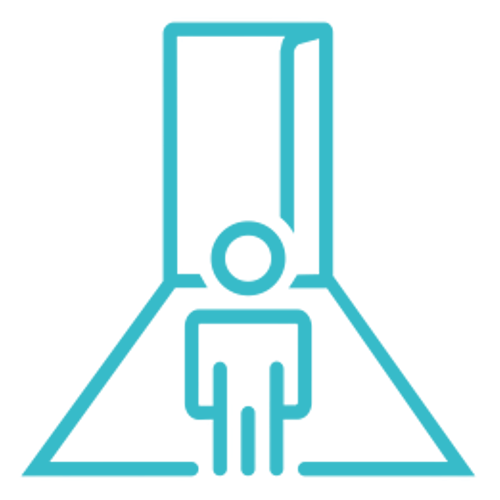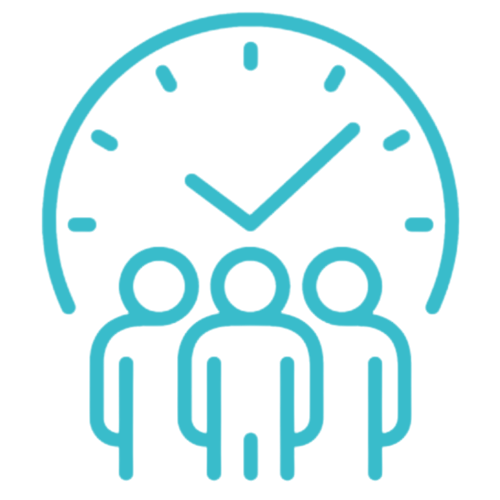Human beings are hardwired for connection and belonging, seeking the warmth of companionship and the security of inclusion. Yet, the persistent ache of feeling left out can be intensified by the presence of the abandonment wound—an emotional scar rooted in past experiences of neglect or rejection. In this blog, we’ll delve into the complexities of the abandonment wound, how it intertwines with the feeling of exclusion, and provide practical strategies for healing and finding a sense of belonging.
Understanding the Need for Connection
From an evolutionary perspective, our ancestors relied on social bonds for survival and success. This inherent need for connection continues to shape our lives, making feelings of exclusion even more poignant. However, in the digital age, the omnipresence of social media and constant social comparisons can contribute to the sensation of being left out. If you’re wondering “Why do I always feel left out?” For some individuals, the ache of feeling left out is accompanied by a more complex emotional experience known as the abandonment wound.
Origins of the Abandonment Wound
The abandonment wound is an emotional scar formed in early life due to experiences of neglect, rejection, or inconsistent care. This wound can be triggered by situations that echo past feelings of abandonment, magnifying your sensation of being left out in social interactions. It creates a heightened sensitivity to situations that could lead to rejection, making your feeling of exclusion particularly distressing.
The origins of your abandonment wound often trace back to early childhood experiences that leave a lasting impact on your emotional development. You might recall moments where you felt neglected, dismissed, or unimportant by caregivers, contributing to a sense of unworthiness. These early experiences shaped your perception of yourself and your ability to form meaningful connections with others.
Early Childhood Experiences:
The foundation of your abandonment wound likely lies in experiences during your formative years. If caregivers were emotionally distant or inconsistent in their care, you might have internalized a sense of not being valued. These early experiences have a profound influence on how you view yourself and your interactions with others.
Attachment Patterns:
Your attachment style, influenced by early relationships, contributes to the development of the abandonment wound. For example, if you have an anxious attachment style, you may be more prone to fearing abandonment or rejection. This attachment pattern can lead to heightened sensitivity in social situations, intensifying your feelings of exclusion.
Trauma and Loss:
Significant life events involving trauma or loss can deepen your abandonment wound. Experiencing the death of a loved one, the end of a relationship, or parental separation can magnify feelings of abandonment. These events can trigger intense emotions that resurface in new situations, amplifying your sensation of being left out.
Factors Amplifying the Feeling of Exclusion
In the intricate landscape of human emotions, the sensation of feeling left out is a complex interplay of psychological and social factors. While the desire for connection is universal, certain modern influences can amplify and exacerbate this emotional experience, making it even more potent and distressing. Let’s delve deeper into these factors that intensify the feeling of exclusion and how they contribute to the intricate tapestry of our emotions.
Social Comparison in the Digital Age:
The advent of social media has ushered in a new era of comparison. Platforms that were intended to connect people have inadvertently given rise to a culture of comparison, where individuals often measure their worth against the carefully curated lives of others. As you scroll through images of seemingly perfect lives, vacations, and achievements, the contrast between your reality and these virtual portrayals can magnify your feelings of inadequacy and exclusion.
Impact of the Abandonment Wound:
For those grappling with a wound of abandonment, the feeling of exclusion is far from superficial. This deeply rooted emotional scar, stemming from past experiences of neglect or rejection, acts as a lens through which you interpret social interactions. Situations that mirror the abandonment wound trigger intense emotions, amplifying the sense of being left out and reaffirming the fear of rejection.
Negative Self-Perception:
Your self-perception significantly influences how you respond emotionally. People with low self-esteem often see themselves from a critical perspective, believing they lack value, deserve little recognition, and aren’t worthy of belonging. This negative self-view acts as a lens, skewing your understanding of social cues and interactions, ultimately reinforcing the notion that you’re being excluded.
Fear of Rejection and Judgement:
The innate fear of being rejected or judged by others can heighten your sensitivity to situations that might trigger feelings of exclusion. This fear may stem from abandonment wound past experiences where rejection left emotional scars. This heightened vigilance can make you more susceptible to interpreting innocent behaviors or words as signs of exclusion.
Misinterpretation of Social Cues:
Human communication is intricate and nuanced, often subject to misinterpretation. A harmless oversight or miscommunication can lead to the misconception that you’re being intentionally excluded. Your mind may fixate on minor cues that may not accurately reflect the intentions of others, deepening your sense of exclusion.
Overthinking and Rumination:
Delving into the realm of overthinking, where you replay conversations and events in your mind, can exacerbate your feelings of exclusion. Overanalyzing interactions can magnify perceived slights, even when they were unintentional, fostering a cycle of negative thoughts and emotions. This thought pattern can overwhelm your mental clarity triggering more thoughts of abandonment wound.
Heightened Sensitivity to Social Situations:
Individuals who have experienced exclusion in the past may develop a heightened sensitivity to similar situations. This sensitivity creates a feedback loop, where you’re more attuned to signs of exclusion, leading to increased distress and a self-fulfilling prophecy of feeling left out.
How to Heal Abandonment Wound
The abandonment wound, a deep emotional scar resulting from experiences of neglect or rejection, can cast a shadow over your relationships and self-perception. However, it’s essential to remember that healing is possible. How to heal abandonment wounds? By engaging in introspection, seeking professional guidance, and practicing self-compassion, you can begin the journey towards emotional recovery and rediscovering a profound sense of connection.
Acknowledge and Validate Your Emotions:
The first step towards healing an abandonment wound is acknowledging your emotions without judgment. Recognize that your feelings of unworthiness or fear of rejection are valid responses to past experiences. By accepting these emotions, you create a foundation for self-compassion and growth.
Engage in Self-Exploration:
Delve into your past to understand the origins of your abandonment wound. Reflect on your early relationships and experiences that might have contributed to your feelings of inadequacy. By identifying triggers and patterns, you can gain insights into how the wound has influenced your interactions and perceptions.
Practice Inner Child Healing:
Engage in inner child healing exercises to nurture the wounded parts of yourself that manifested as abandonment wounds. Visualization techniques and journaling can allow you to connect with your inner child, offering the care and support they need during pivotal developmental stages.
Cultivate Self-Compassion:
Treat yourself with the kindness and understanding you would offer to a friend. Challenge negative self-talk by countering critical thoughts with affirming and compassionate statements. Cultivating self-compassion can assist in healing abandonment wounds and gradually replace self-doubt with self-assurance.
Challenge Negative Core Beliefs:
The abandonment wound often gives rise to negative core beliefs about your worthiness and ability to connect with others. Challenge these beliefs by examining their validity and seeking evidence that contradicts them. Replace them with positive affirmations that promote self-esteem and connection.
Build Secure Relationships:
Prioritize relationships that provide support, validation, and respect. Cultivate connections with individuals who appreciate and value you for who you are. These relationships can counteract the influence of the abandonment wound and foster a sense of belonging.
Heal your abandonment wound with a trauma therapist in NYC!
Human beings are inherently social creatures, seeking connection, belonging, and inclusion. However, despite our desire for connection, many individuals often find themselves experiencing the disheartening sensation of being left out. This feeling of exclusion can be emotionally distressing and impact our self-esteem and overall well-being. Our team of trauma therapists in NYC at Uncover Mental Health Counseling can support you in healing your abandonment wound. Start your healing journey now. Follow these steps to get started:
- Contact us at Uncover Mental Health Counseling to schedule a free consultation call.
- Meet with a NYC trauma therapist for your first session.
- Start receiving the support you need to learn how to heal your abandonment wound.

